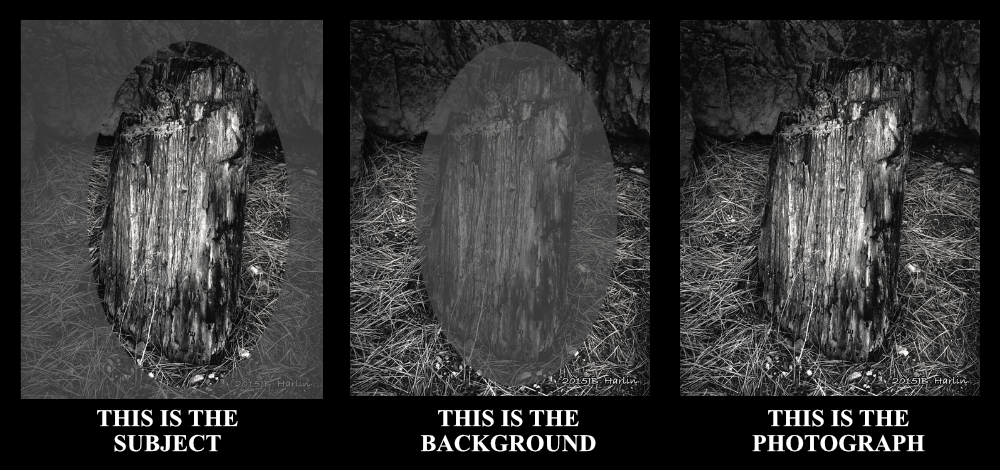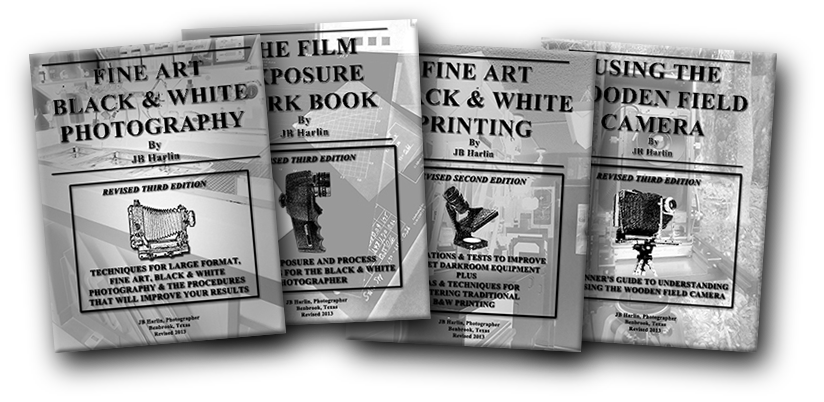
When looking for a suitable photographic subject, the subject should be the focus of the finished print. You want the viewer to be drawn to what you have chosen. Problem is, it is easy to become obsessed with that subject and blind to its surroundings. Have you ever taken a photograph of something or someone and been surprised when you see that in the finished print there is some nasty, distracting object somewhere in the background? Or maybe at the edge of the frame something shows up that really ruins your creative intention. How can this happen? I believe it is because you are mentally so focus on the subject that you completely ignore the surroundings. This is something you will learn to pay attention to after a few failures.
I learned this lesson years ago the hard way. This is why failures are important. You need to analyze your mistakes and learn not to repeat them. There is no great loss in failing. Failure can be especially important if you learn from your error. The idea is to analyze the problem and not keep repeating the same mistake. I find myself constantly scanning the edges of the frame when composing on the ground glass. I have even noticed, mostly unconsciously that I find myself scanning the edges of the frame when watching a movie. I know the director intentionally wants you to focus on the subject of the scene. Yet I am always looking at the background and what surrounds that subject. The movie set is there to establish the mood and to give the illusion of a place and time. I am fascinated by how much time is spent on the surroundings in a really well made movie. Most people completely ignore the objects surrounding the actors. I find I am always paying very close attention to those things that are not suppose to be obvious or are suppose to be ignored. This is a mindset that is learned over time.
It cannot be stressed enough that the edges of the photographic frame are important. How important? They could be much more important than the chosen subject itself. It’s your job as the photographer to make sure everything in the photograph works together. Interestingly enough, the subject is the subject and it usually takes care of itself. It’s those nasty little distractions that surround the subject that can make or break a really great photograph. Personally I find that once I have zeroed in on my main subject, I tend to spend a lot of time working with the surroundings.
Remember, you can always move the camera. If moving is not an option, you can try another lens. For fine tuning, you also have camera rise/fall and shift. The idea is to never let something distracting in the background or at the edges become something that interferes with your creative intention. Use those elements at the edge to reinforce your subject.
My best advice is to spend a lot of time on the frame edges. You will not regret it!
JB


